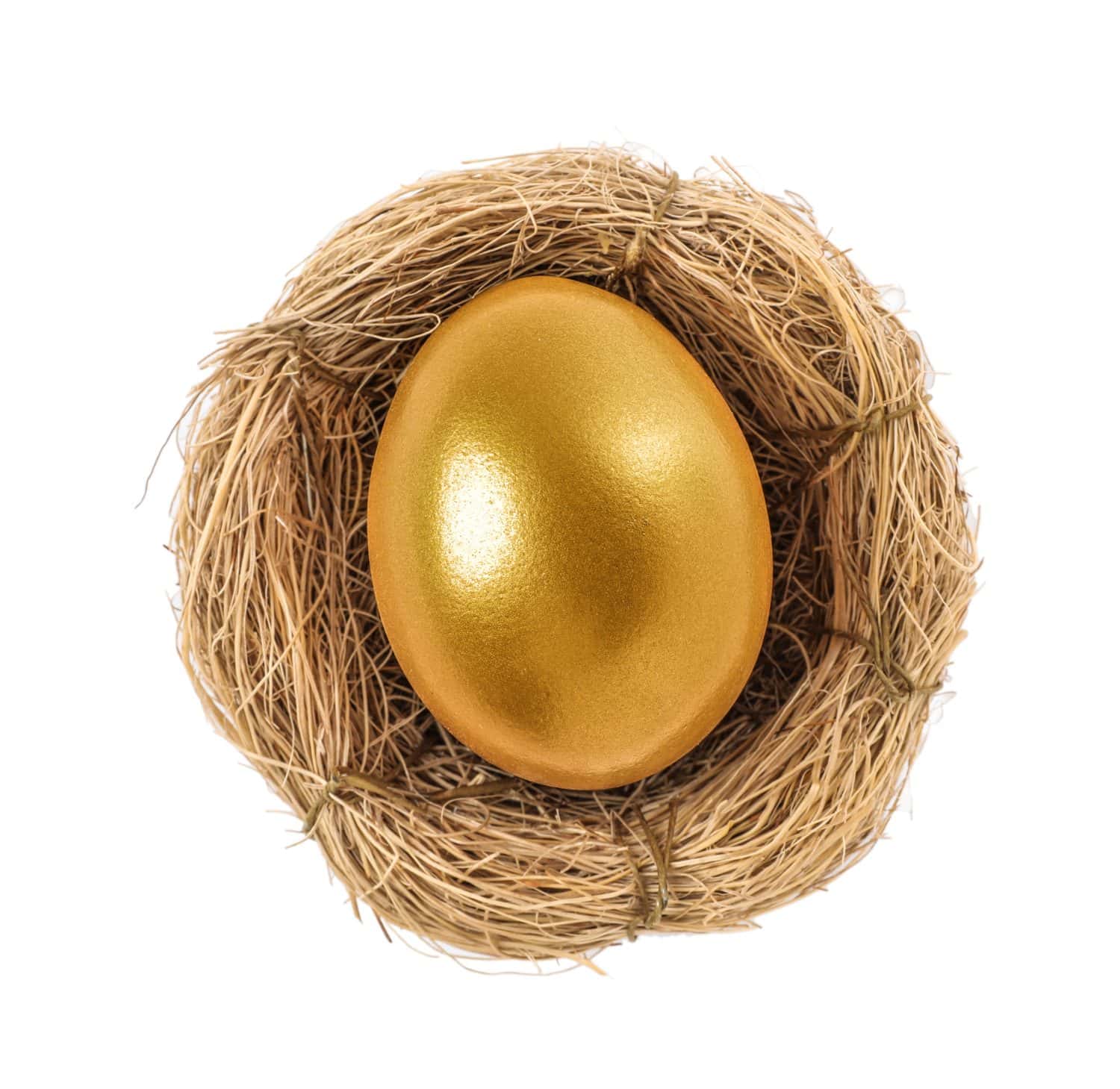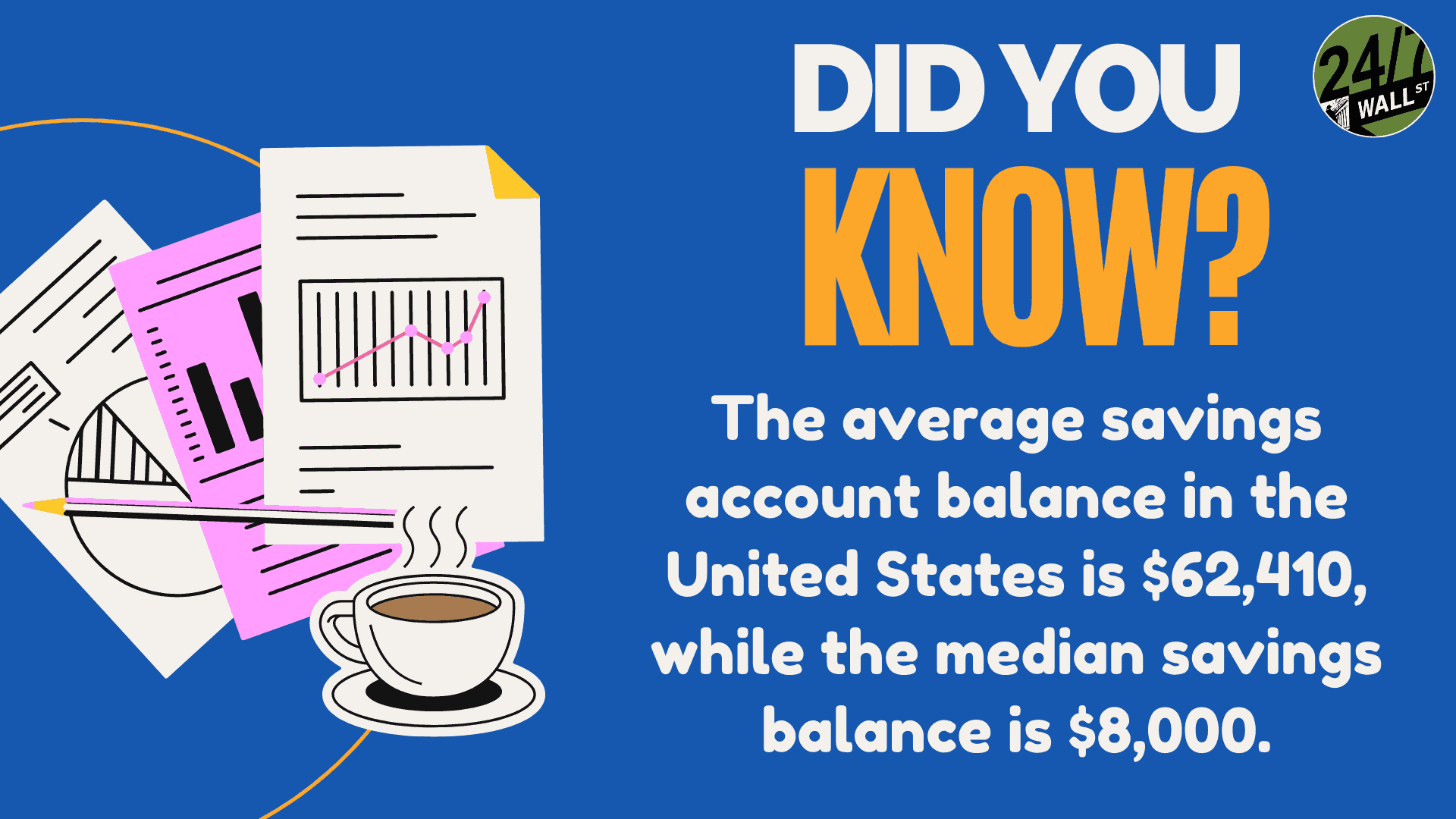Personal Finance
We're in our 40s with half of $2 million net worth sitting in cash - what changes should we make to give ourselves a better future?

Published:
Last Updated:

Any couple with a $2 million net worth in their 40s deserves a big pat on the back. Undoubtedly, it’s not easy to amass such a sizeable nest egg many decades before a traditional retirement. In this piece, we’ll look closely at a couple that seems a tad too heavy on the cash at this stage in their lives.
Undoubtedly, with a million dollars each, the couple may not be able to enjoy a chubby FIRE quite yet, especially if they live in the big city and have a fancy lifestyle — their income and expenses are both in the six figures— that tend to accompany those who aspire to join the “chubby” FIRE (financial independence, retire early) movement.
While the couple is very much on the right track by paying themselves first, I do think that they stand to leave a lot of growth on the table, with around half of their net worth stashed in cash. Undoubtedly, you don’t want to risk all of your net worth in “risky” equities once you hit middle age. That said, someone in their 40s is still relatively young, certainly too young to have around $1 million in cash.
Of course, everybody’s retirement roadmap and risk tolerance will differ. Either way, I’d strongly recommend that someone in a similar situation consult the expertise of a wealth planner. That way, one will not only have more confidence in one’s financial plan but also the ability to optimize one’s assets.


Though a high-interest savings account (HISA) or certificates of deposit (CDs) are still relatively bountiful, with rates in the 3-4% range, the fact remains that the days of high risk-free rates are coming to a close. Once your CD matures in the new year, odds are you won’t be nearly as enthused over the slate of rates you’ll be able to achieve.
Indeed, as rates come down, it can make sense to allocate a greater chunk of one’s assets toward stocks if you’re willing to take more risk for a shot at a “chubbier” FIRE lifestyle.
Now, that doesn’t mean you should pile into the red-hot momentum play (think Nvidia (NASDAQ:NVDA) stock) that everybody else on Wall Street can’t seem to get enough of. Rather, you may wish to pursue lower-risk, less-volatile defensive dividend stocks that may be trading at a discount to their actual value. In essence, you should insist on the steady dividend-paying blue chips priced with a fairly sizeable margin of safety in mind.
Though the stock market’s running strong, valuations on some names seem to be a tad on the rich side. Of course, this depends on where you look.
Further, with recent Warren Buffett stock sales waving red flags for some self-guided investors (his firm has raised a record amount of cash this year), being heavy on cash may not necessarily seem like a poor choice at this juncture, especially if you have doubts about the stock market rally’s sustainability going into 2025.
Either way, timing the market tends to be a bad idea, especially if one seeks to grow their wealth over the long run.
If stock picking isn’t one’s thing, perhaps going the route of index funds (ones that track the S&P 500) can make the most sense. Of course, one should be realistic with their expectations for future gains, especially after the recent Goldman Sachs (NYSE:GS) note that predicted annualized returns for the next 10 years could come in at 3%, markedly lower than the 13% enjoyed in the past decade.
I have no idea if the road ahead will be rougher and less rewarding than the one behind us. Either way, investors should be prepared for anything and not treat the 10-year chart as an indicator of what’s to come in the next 10 years.
Perhaps gradually inching into index funds (today and on any dips moving forward) while diversifying into other income-producing assets — like real estate investment trusts (REITs) — can help a couple make their money work a bit harder for them. As always, consult a wealth planner before taking action.
Retirement can be daunting, but it doesn’t need to be.
Imagine having an expert in your corner to help you with your financial goals. Someone to help you determine if you’re ahead, behind, or right on track. With SmartAsset, that’s not just a dream—it’s reality. This free tool connects you with pre-screened financial advisors who work in your best interests. It’s quick, it’s easy, so take the leap today and start planning smarter!
Don’t waste another minute; get started right here and help your retirement dreams become a retirement reality.
Thank you for reading! Have some feedback for us?
Contact the 24/7 Wall St. editorial team.